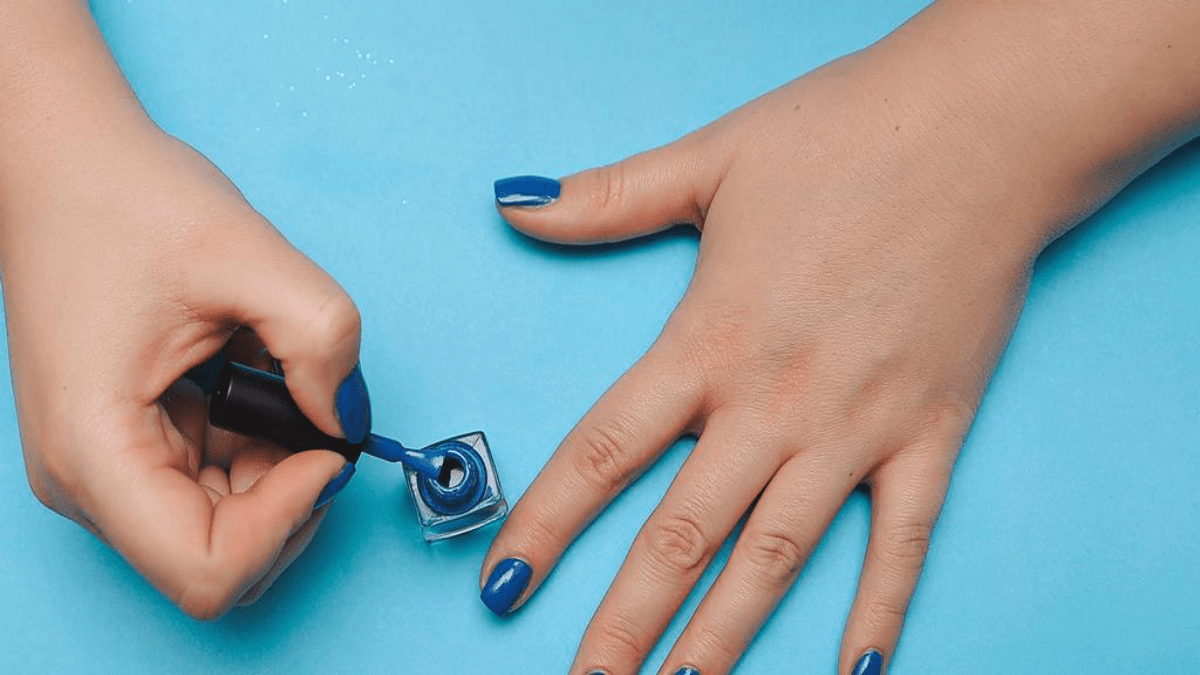In recent years, as concerns about sustainability and ethical consumption have gained traction, more and more individuals are scrutinizing the products they use in their daily lives. Nail lacquer, a staple in many beauty routines, is no exception. As consumers become increasingly conscious of the impact of their purchasing decisions, questions arise about the environmental and ethical implications of nail lacquer production. In particular, is nail lacquer vegan, and is it environmentally friendly? Let’s delve into the matter and uncover the truth behind these pressing questions.
Understanding Nail Lacquer:
Before we delve into its ethical and environmental considerations, let’s first understand what nail lacquer is. Nail lacquer, also known as nail polish, is a cosmetic product applied to the nails to add color and aesthetic appeal. Traditionally, nail lacquer formulations have included a combination of film-forming agents, solvents, pigments, and other additives to achieve the desired color and texture.
The Vegan Perspective:
When it comes to determining whether nail lacquer is vegan, the key consideration lies in the ingredients used in its formulation. Many traditional nail lacquers contain animal-derived ingredients such as carmine (a red pigment derived from insects) or guanine (a pearl essence obtained from fish scales). Additionally, some nail lacquer brands may test their products on animals, further complicating the issue for ethical consumers.
However, in response to growing demand for vegan-friendly cosmetics, many brands have begun offering vegan nail lacquer options. These formulations eschew animal-derived ingredients and are not tested on animals, making them suitable for individuals following a vegan lifestyle.
Environmental Considerations:
In addition to ethical concerns, there are also environmental considerations associated with nail lacquer production and disposal. Traditional nail lacquers may contain ingredients that are harmful to the environment, such as volatile organic compounds (VOCs) and toxic chemicals like formaldehyde, toluene, and dibutyl phthalate (DBP).
Moreover, the disposal of unused or expired nail lacquer presents a challenge, as many formulations are classified as hazardous waste and should not be disposed of in regular household trash. Improper disposal of nail lacquer can lead to environmental contamination and harm to ecosystems.
The Rise of Eco-Friendly Alternatives:
Recognizing these environmental and ethical concerns, a growing number of nail lacquer brands are embracing eco-friendly and sustainable practices. These brands prioritize the use of non-toxic, plant-based ingredients and opt for packaging that is recyclable or biodegradable. Additionally, some eco-conscious brands offer refillable nail lacquer systems, reducing waste and promoting reuse.
Furthermore, advances in nail lacquer technology have led to the development of water-based and breathable nail lacquers that are gentler on the nails and the environment. These formulations eliminate the need for harsh solvents and reduce the emission of VOCs, making them a more environmentally friendly choice.
Conclusion:
In conclusion, the question of whether nail lacquer is vegan and environmentally friendly depends largely on the specific formulation and practices of the brand in question. While traditional nail lacquers may contain animal-derived ingredients and harmful chemicals, there are now many vegan and eco-friendly alternatives available to conscientious consumers.
By choosing nail lacquer brands that prioritize ethical sourcing, sustainable manufacturing practices, and eco-friendly formulations, individuals can enjoy the beauty of painted nails without compromising their values or the health of the planet. Ultimately, the power lies in the hands of consumers to support brands that align with their ethical and environmental principles, driving positive change in the beauty industry and beyond.

